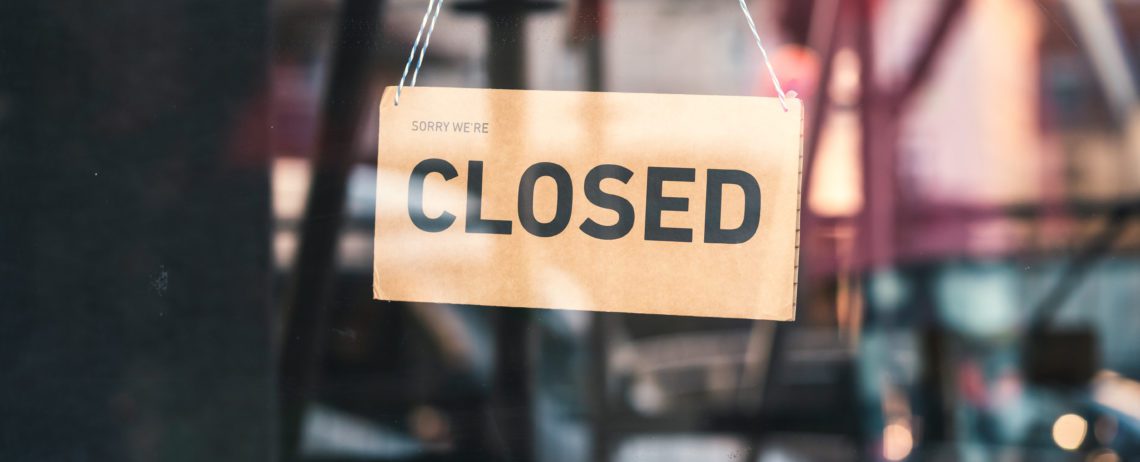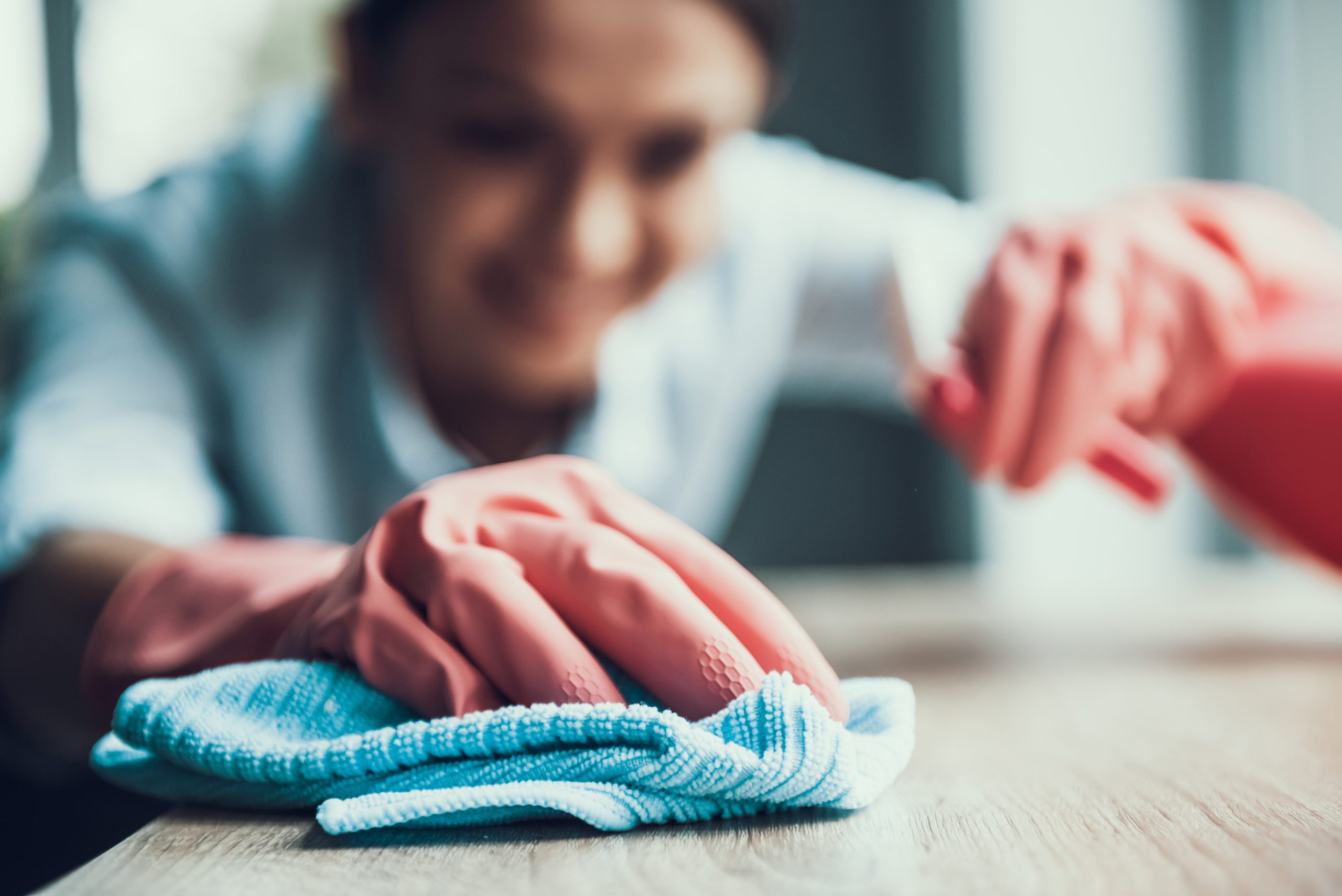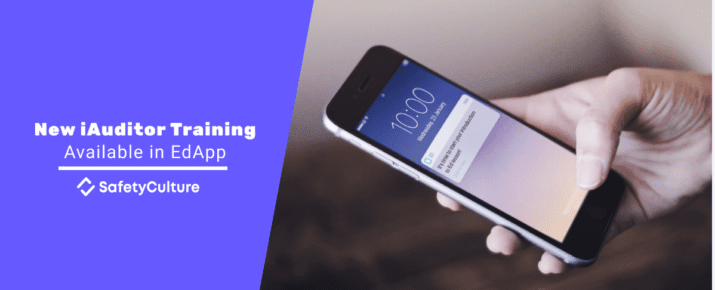Closing and reopening: how you can prepare for changes at a moment’s notice
iAuditor by SafetyCulture Tips | Tips & Tricks | By | 4 Aug 2020 | 4 minute read

As businesses around the world handle the evolving nature of COVID-19, some premises are reopening, only for rapid shutdowns to be imposed because of outbreaks in the community or a staff member contracting the virus. Eradicating the virus has been challenging, as seen in Victoria, Australia where a second wave is occurring, especially as governments across the world are straddling the fine balance between keeping economies afloat and minimizing the health impact on millions of people.
Operating businesses should be open to the fact that closures can happen at any time. In order to manage a safe reopening and mitigate any unexpected closures, an attentive approach to hygiene is mandatory. We explore how businesses can ride the waves of uncertainty that come with forced closures or outbreaks, and how they can stay poised to reopen as soon as is safe to do so.
Reopening resurgence
In early July, it seemed like the world was slowly getting back to a ‘new normal’. Businesses were reopening, albeit somewhat reluctantly. Shops were fitted with plastic screens, salons were equipped with PPE (personal protective equipment), and social distancing tape lined the floors of warehouses and factories. Manufacturers were hit hard by COVID-19, and many were set about determining a reopening plan to preserve ‘economic sovereignty’.
For each industry different rules applied, depending on the level of risk involved. Some sectors, such as hospitality and retail, were hit the hardest. With a long period of closure, some employees even broke the self-isolation rules to return to work in the hospitality sector, resulting in hefty court fines.
Both customers and employees had to be quick to respond to new guidance, and all of the government rules outlined. It’s fair to say that change has come at a rapid pace, and has been confusing for many.

Unexpected closures
However, there is a new challenge in place for business owners. The uncertainty around new COVID-19 outbreaks has led to local lockdowns, which have come at a moment’s notice for some. Outbreaks in the Potts Point area of Sydney, Australia have meant that restaurants that were starting to introduce diners have been forced into closures or have reverted back to take-out outlets only. As customers grab a coffee, go to the gym, and get a bite to eat, it means that the virus can easily be spread throughout multiple areas with significant consequences.
A coffee shop in rural England was contacted by the NHS health service to ‘close their doors for 14 days with immediate effect’, which undoubtedly has severe repercussions for staff and customers.
Other establishments have reopened only to realize that they could have potentially breached government guidance through misunderstanding the rules, and are also now in danger of shutdown or a large fine.
This means business continuity is in jeopardy. Closures can come at a moments notice, and a rapid response is vital. Now more than ever, businesses need to be on high alert, and not fall into complacency.
As time goes on, failure to uphold high standards could mean COVID-19 contagion lurks behind the scenes of your premises. For example, you could get so busy preparing food, wiping down tables or serving customers that your staff-only spaces could be neglected in terms of hygiene.
If the virus appears within your business, the results can be catastrophic. At the height of the pandemic, the infection of Amazon delivery workers posed a huge problem, and it became a business critical situation. Additionally, Operations and HR aren’t the only ones managing health risk; your comms and PR team will be, too.
How to minimize risk and handle unexpected closures
To minimize potential contraction risk, and be poised for reopening quickly, there are a few things you can do:
Create a COVID cleaning checklist to sanitize your premises
By digitally distributing hygiene measures, employees can be aware of the disinfection process, and how often to clean certain touchpoints. iAuditor allows you to convert your current paper checklists or spreadsheets into smart inspection forms in minutes.
Implement CDC or Safework templates
By adding official guidance templates onto the app, whole teams can stay accountable for safety measures. Our drag and drop builder makes it easy to build your own list of templates quickly.
Encourage employees to stay at home, even if symptoms are mild
A lack of taste and smell and a low grade fever are one of the first signs of coronavirus. Conduct temperature checks on sign-in to the building, to make sure everyone is healthy.
Create a visitor log and health check of everyone that enters your building, for contact tracing
Using a tracking system allows you to be super-responsive to any last-minute closures. Test and trace allows officials to build a pattern of outbreaks and to understand if your business is likely to be at risk if surrounding outlets close.
Pull off data reports on iAuditor to track COVID-19 related hygiene checks in case of local outbreak
Data reports help you determine how well your inspections have been doing over time. iAuditor allows you to easily take and annotate photos, add notes, or assign follow up corrective actions, which is useful data for determining how an outbreak may have started.
Utilize live and real time data for inspections
Stay immune to reopens and closures by monitoring your real-time data. This will tell you how many overdue items there are, how many checks you complete each week, and if any inspection items have been missed.
Reopening safely again
Businesses such as Luxottica, in Australia managed to get to work safely by carrying these mobile checklists in their pocket, meaning devices are a useful tool for logging and recording safety data on the move.
Digital checklists are quick, clean, and effective, and can be made available to wider teams at the click of a button, ensuring no-one misses the action item flagged. Businesses can implement all of these steps and feel confident to handle quick decisions, and get safely back to work.
Here’s a few checklists to help you navigate opening and closures:
Facility closure checklists
Safely back to work checklists
Reopening your workplace
Want to see how iAuditor can play a role in your COVID-19 operations? Check out our COVID-19 Response Hub and access thousands of COVID-19 checklists, resources, and ebooks
Important Notice
The information contained in this article is general in nature and you should consider whether the information is appropriate to your specific needs. Legal and other matters referred to in this article are based on our interpretation of laws existing at the time and should not be relied on in place of professional advice. We are not responsible for the content of any site owned by a third party that may be linked to this article. SafetyCulture disclaims all liability (except for any liability which by law cannot be excluded) for any error, inaccuracy, or omission from the information contained in this article, any site linked to this article, and any loss or damage suffered by any person directly or indirectly through relying on this information.





